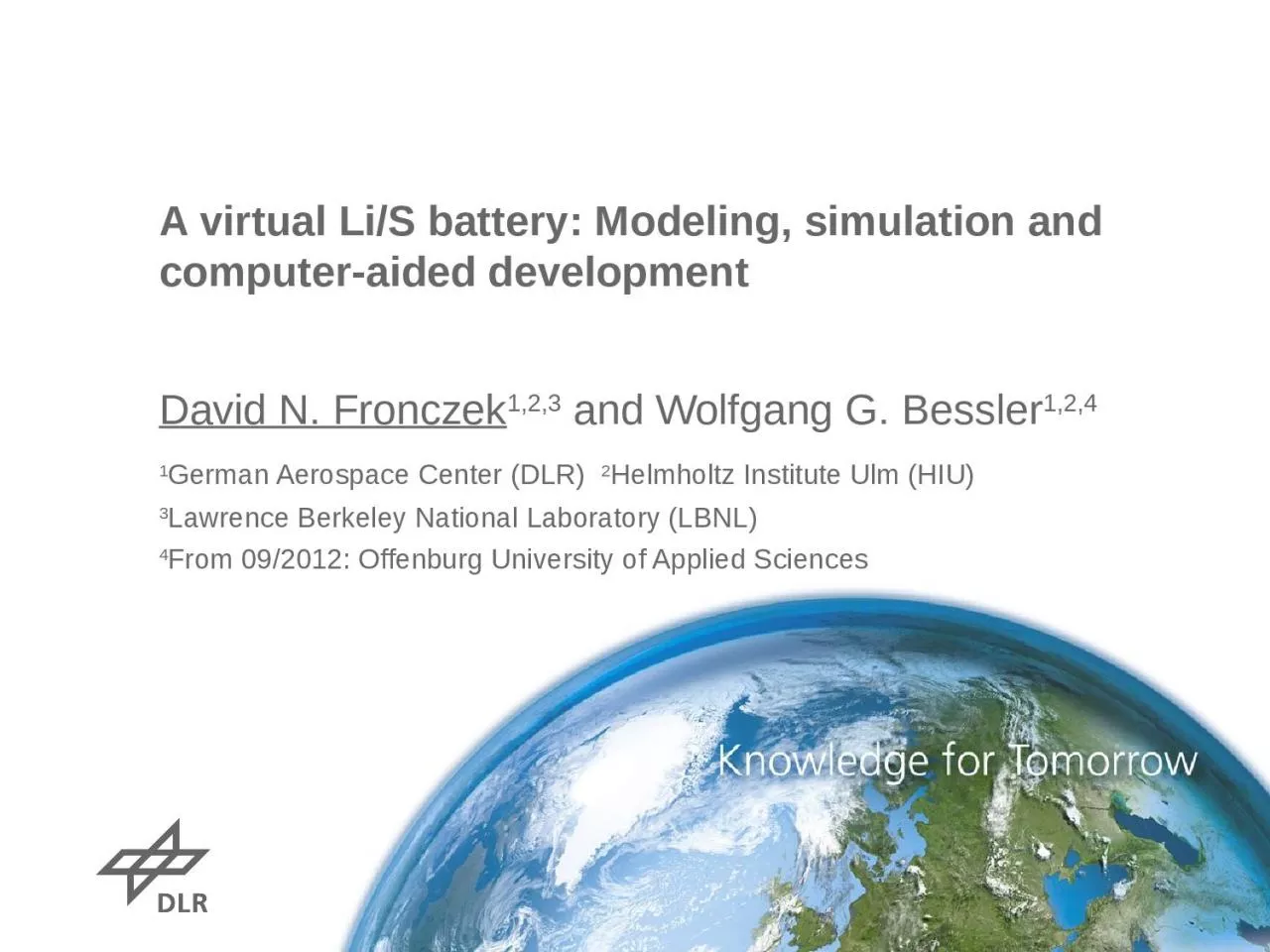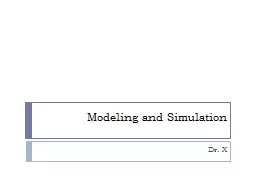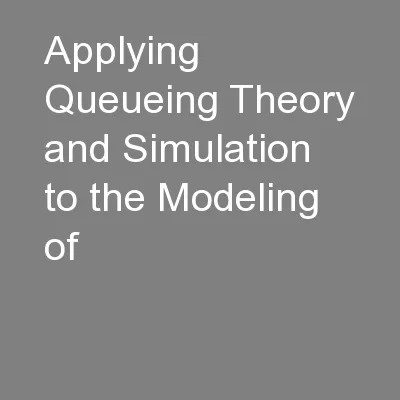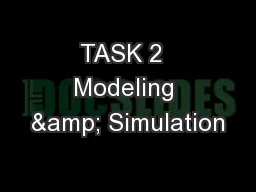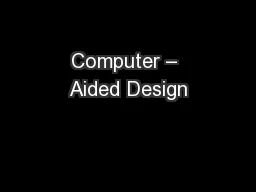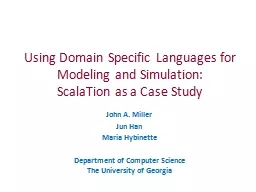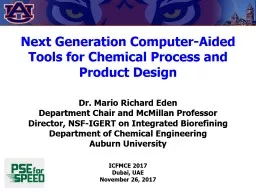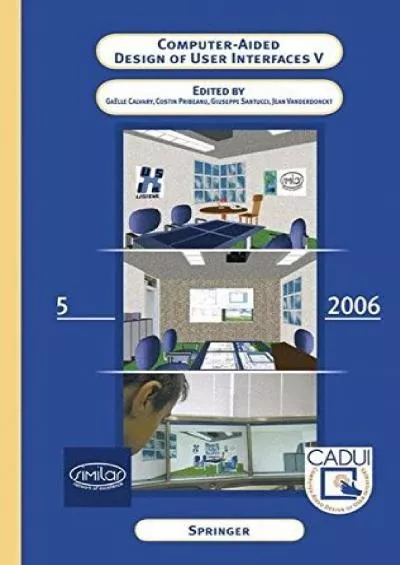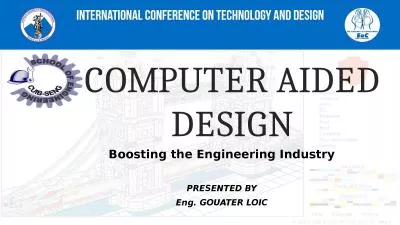PPT-A virtual Li/S battery: Modeling, simulation and computer-aided development
Author : FuzzyWuzzyBear | Published Date : 2022-08-04
David N Fronczek 123 and Wolfgang G Bessler 124 1 German Aerospace Center DLR 2 Helmholtz Institute Ulm HIU 3 Lawrence Berkeley National Laboratory LBNL 4
Presentation Embed Code
Download Presentation
Download Presentation The PPT/PDF document "A virtual Li/S battery: Modeling, simula..." is the property of its rightful owner. Permission is granted to download and print the materials on this website for personal, non-commercial use only, and to display it on your personal computer provided you do not modify the materials and that you retain all copyright notices contained in the materials. By downloading content from our website, you accept the terms of this agreement.
A virtual Li/S battery: Modeling, simulation and computer-aided development: Transcript
Download Rules Of Document
"A virtual Li/S battery: Modeling, simulation and computer-aided development"The content belongs to its owner. You may download and print it for personal use, without modification, and keep all copyright notices. By downloading, you agree to these terms.
Related Documents

